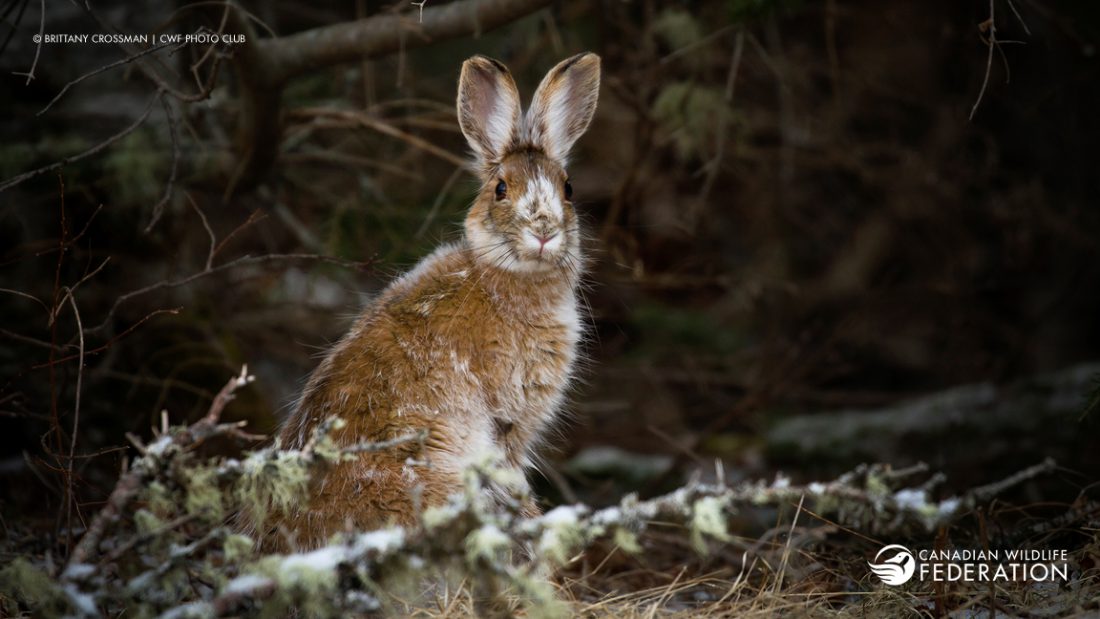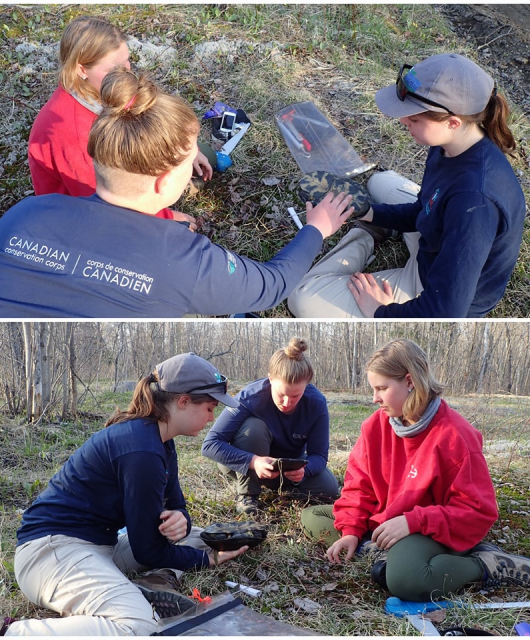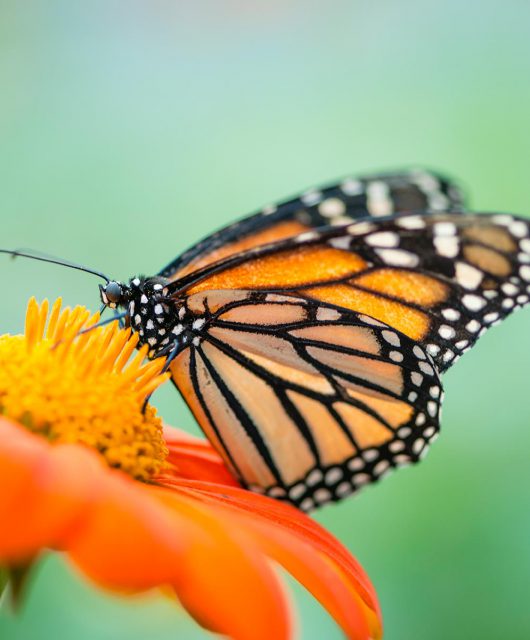We all know that hares turn white in winter to help them blend into their snowy environment and back to brown in the spring. But have you ever seen a hare that has already changed colour in preparation for a snowy winter just a little too early – when the snow has not yet arrived? Or a hare that is still white but it seems that spring has sprung early?
This is sometimes referred to as camouflage mismatch or colour mismatch.
Hares start the process of changing colour not based on temperatures or the presence of snow but instead on day length. Currently this mismatch in colour between hares and their environment only lasts for about one week out of the year. But with climate change, scientists are concerned that this mismatch could happen for longer periods of time, having a potentially serious impact on hares.
Researchers are finding that mismatched hares do die at higher rates. A white hare sitting motionless against a brownish background equals easy prey for its many predators including lynx, coyotes, foxes and raptors.

Scientists predict that with snow in many Canadian areas coming later and spring-like conditions arriving earlier, this colour mismatch could actually last up to eight weeks by the year 2100.
But researchers are hopeful. Hares, can have up to four litters a year and each litter can contain one to 13 young, with the average between four and seven. With this many litters and this many young there is a possibility that hares might be able to evolve so that their molt times are more in sync with their environment. We just have to see if they’re able to evolve fast enough.
Want to learn more?
Put on your long-johns and join us on an amazing sub-zero safari into the winter world of wildlife with Below Zero.




